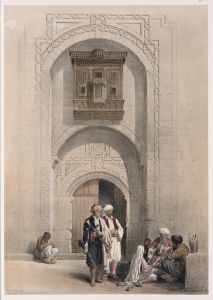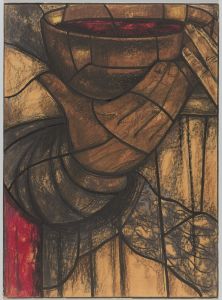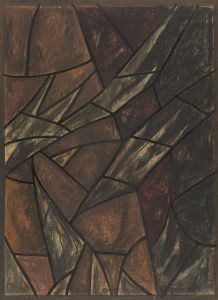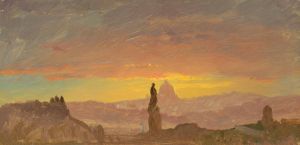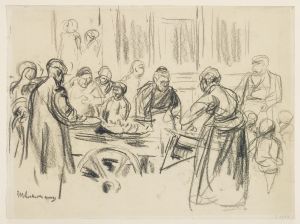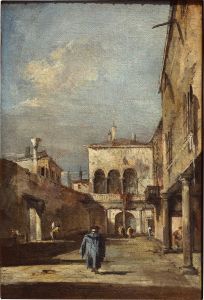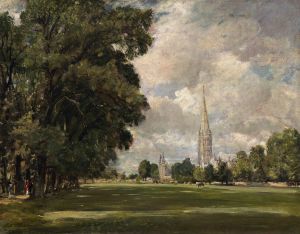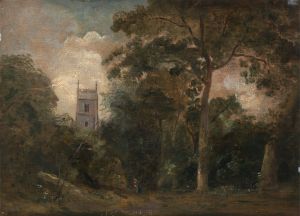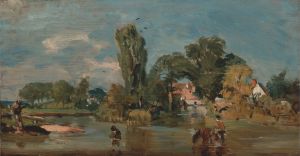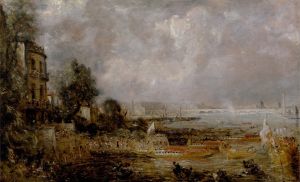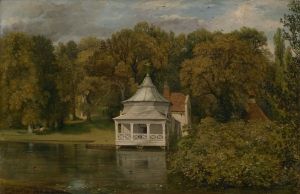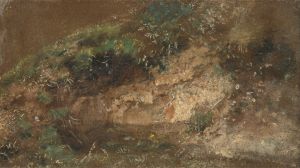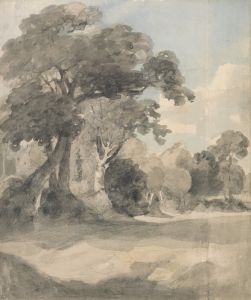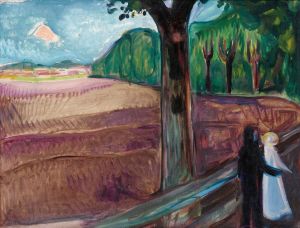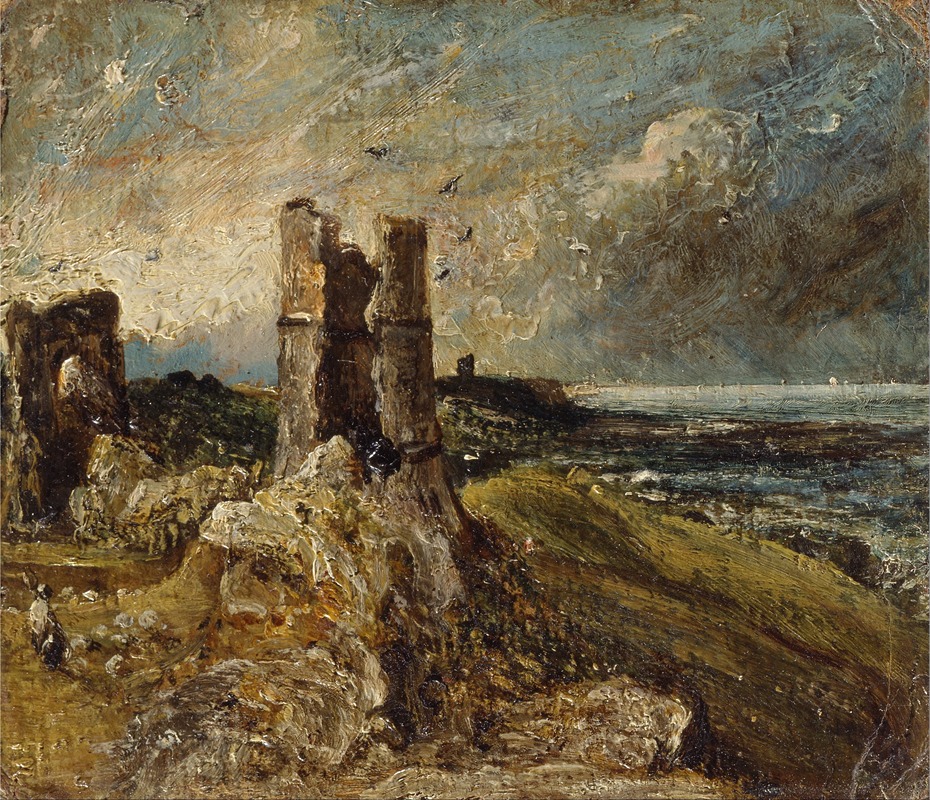
Hadleigh Castle
A hand-painted replica of John Constable’s masterpiece Hadleigh Castle, meticulously crafted by professional artists to capture the true essence of the original. Each piece is created with museum-quality canvas and rare mineral pigments, carefully painted by experienced artists with delicate brushstrokes and rich, layered colors to perfectly recreate the texture of the original artwork. Unlike machine-printed reproductions, this hand-painted version brings the painting to life, infused with the artist’s emotions and skill in every stroke. Whether for personal collection or home decoration, it instantly elevates the artistic atmosphere of any space.
"Hadleigh Castle" is a painting by the renowned English Romantic painter John Constable. Created in 1829, this oil on canvas work is one of Constable's significant pieces, showcasing his deep appreciation for the English landscape and his ability to capture its natural beauty and atmospheric conditions.
John Constable was born in East Bergholt, Suffolk, in 1776, and he is best known for his landscape paintings that depict the English countryside. His works are characterized by their attention to detail, use of light, and the emotional depth they convey. "Hadleigh Castle" is no exception, reflecting Constable's mastery in portraying the natural environment.
The painting depicts Hadleigh Castle, a ruined fortification located in Essex, overlooking the Thames estuary. The castle itself dates back to the early 13th century and was built during the reign of King Henry III. By the time Constable painted it, the castle was already in a state of significant decay, which he captured with a sense of romantic melancholy.
In "Hadleigh Castle," Constable presents a dramatic view of the ruins perched on a hill, with the vast expanse of the estuary stretching out beneath a turbulent sky. The painting is notable for its dynamic composition and the way Constable uses light and shadow to create a sense of depth and movement. The sky, filled with dark, brooding clouds, contrasts with the lighter tones of the landscape, emphasizing the castle's isolation and the passage of time.
Constable's technique in this painting includes his characteristic use of loose, expressive brushstrokes, which convey the texture of the crumbling stone and the wildness of the surrounding vegetation. The painting also reflects Constable's interest in the changing weather and its effects on the landscape, a theme that recurs throughout his work.
"Hadleigh Castle" was exhibited at the Royal Academy in 1829, where it received mixed reviews. Some critics appreciated Constable's skill in capturing the essence of the scene, while others were less enthusiastic about the painting's somber mood and unconventional composition. Despite this, the painting has since been recognized as an important example of Constable's mature style and his contribution to the Romantic movement in art.
Today, "Hadleigh Castle" is housed in the Yale Center for British Art in New Haven, Connecticut. It remains a testament to Constable's ability to evoke the emotional resonance of the English landscape and his innovative approach to landscape painting. The work continues to be studied and admired for its technical proficiency and its evocative portrayal of a historic site in a state of picturesque decay.





